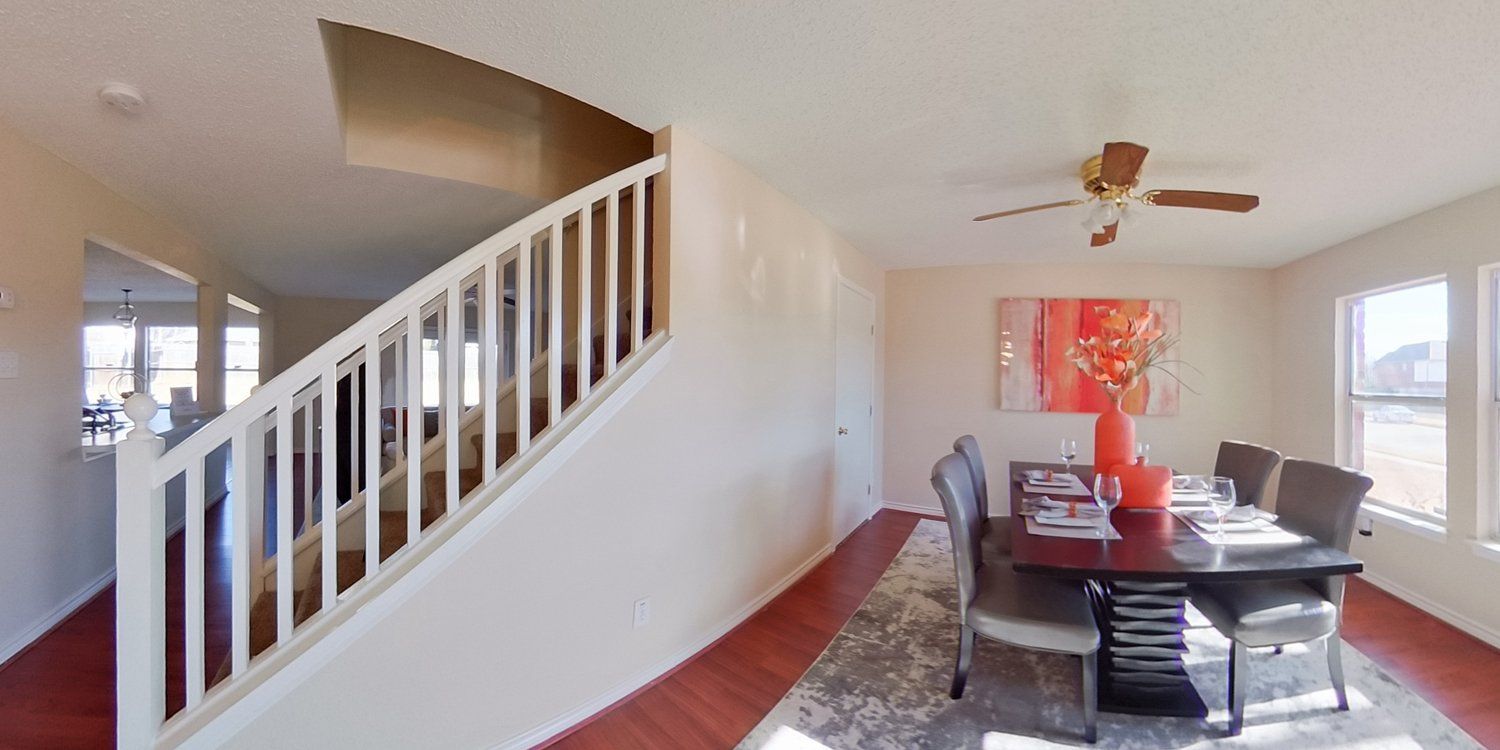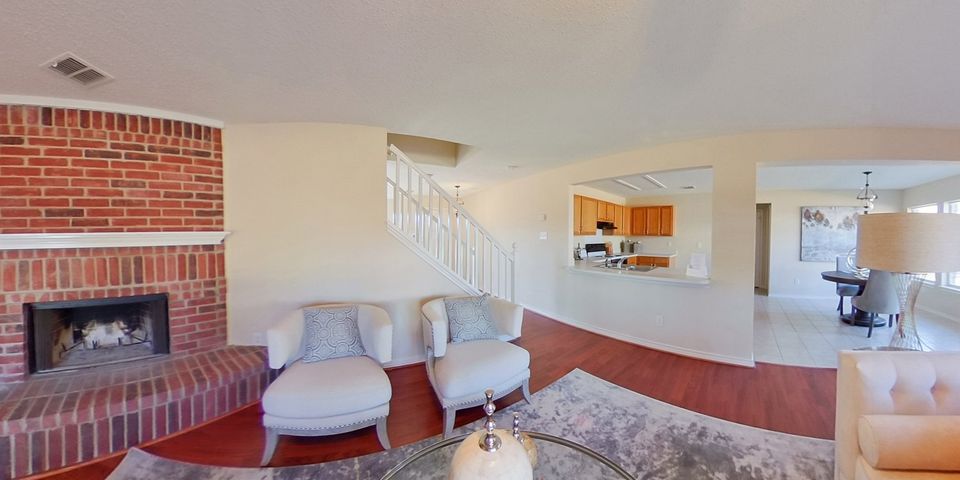Should Agents and Sellers use 360 Virtual Tours for Selling Homes?
360 degree virtual tours add perspective and value to any listing.
Showing off a location or event by creating a VR tour is a great way to engage potential visitors or buyers. A variety of virtual tour software exists today, each with a different focus. At the higher end of the market, you’ll find companies like Matterport using 3D cameras to capture images of hotels, retail, and other spaces. In middle of the market you will find companies like CS360Studio.biz using software like Pano2VR and 360 HDR cameras. On the lower end, companies like iStaging create tours using monoscopic 360 photos.
Virtual reality (VR) is gaining traction at an unprecedented pace. 360 degree virtual tours add perspective and value to any listing. Virtual tours, also show much more of the property than conventional still photos, while allowing the viewers to feel like they are actual there on the property.
According to the large sites like Trulia, Realtor.com, and Zillow--listings with virtual tours get viewed more often than those without.
Virtual tours decrease the time spent on “low yield” site visits. The listing agent can bring their clients into their office and show multiple VR homes before driving around. The VR tour can help them narrow down their choices before going out to see the home in person.
Virtual tours give buyers the experience of viewing homes without being present at those homes. They are also a safer and more convenient option. They are also great for potential buyers who live in another state; they cannot view a home in great detail without having to fly out to the home to see it. The seller also benefits by reducing the number of times they have to vacate to show the home.
Virtual tours are available 24/7 from any location. This means that out-of-town buyers can tour several homes from the comfort of their home without travel or the travel expense.
Potential buyers can also view homes whenever it is convenient for them without having to schedule an appointment. Buyers can show homes to their family and friends effortlessly by simply sharing a link through email or even a social networking site. This is important because many buyers rely on opinions of others (like parents) when making the decision to buy a home.
A 360 virtual tour will increase both the exposure of the home and the agent. Compared to traditional photos of a listing, 360 virtual tours offer an interactive experience from the perspective of the viewer that is more engaging and fun.
Virtual tours make the listing agents look more tech savvy in the eyes of their clients. This is important because more and more buyers will come to depend on the technology. For example, Forbes magazine predicts that VR ( Virtual Reality ) and AR ( Augmented Reality ) will hit 80 million by 2012.
Research from the National Association of Realtors (NAR) defines the opportunity that property tours, when done correctly, can provide in helping buyers make a decision to purchase. According to NAR , baby boomers find virtual tours more useful than millennials (45 percent to 36 percent) with 40 percent of all buyers ranking them as “very useful,” more so than information on agents, contract status, recently sold properties and pending sales.
Everything is going mobile today in real estate, and that means virtual tours need to be at the forefront of any mobile strategy.
In a recent survey done by Coldwell Banker , “Sixty-two percent of the more than 3,000 respondents to Coldwell Banker’s survey say they’d choose a real estate agent who offers VR house tours as a service to their clients over one who does not. Further, 77 percent of respondents surveyed say they want to take a VR house tour before seeing a property in person. That is nearing the percentage of those who said they are satisfied with traditional video tours (84 percent).”
From the realtor’s perspective currently there are two main applications of VR: (1) 360 degree virtual home tour (which can be viewed almost on any web browser or device.) and (2) the Google Cardboard Home Tour (which needs to be viewed with a VR Headset like the Pansonite VR Headset for iPhone and Android Smartphones.). Each has its own advantages. For example, the 360 virtual home tour like this example , does not depend on a VR headset and can be viewed on almost any device. This type of tour also shows way more than traditional photos with more detail and interactivity. On the other hand the Google Cardboard Home Tour needs a VR headset but offers the viewer a full immersive experience, which feels like you are actually in the home.
However, there is no need to decide which kind of tour to offer. They can both be produced during the same filming session.
So, should agents and sellers use 360 Virtual Tours for selling homes?
Absolutely!
CS360Studio.biz




